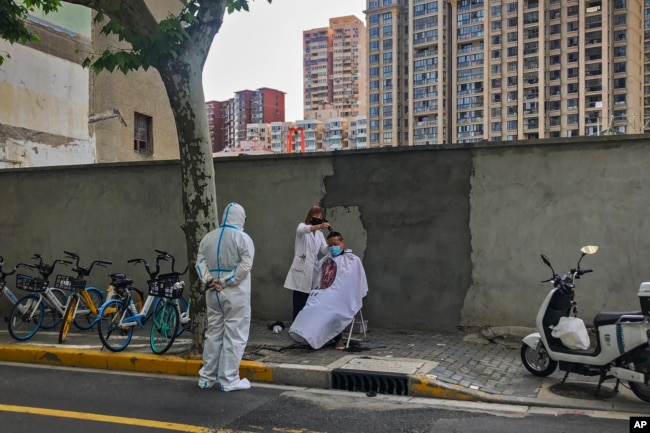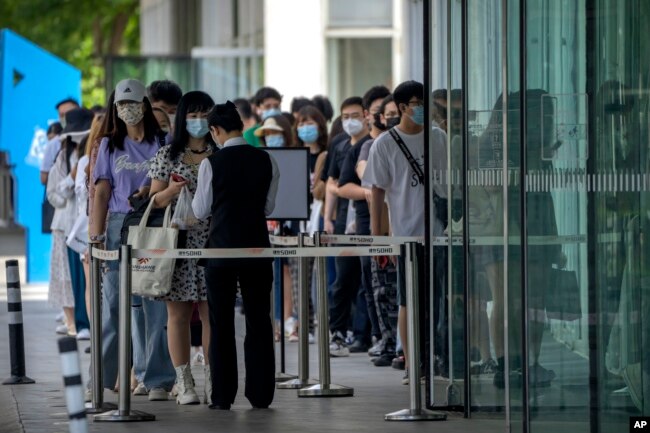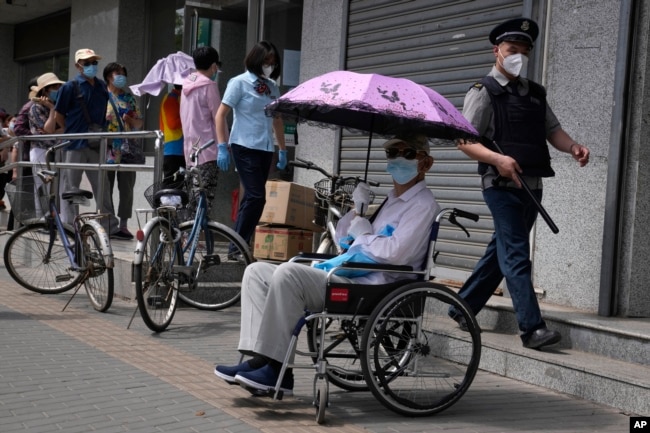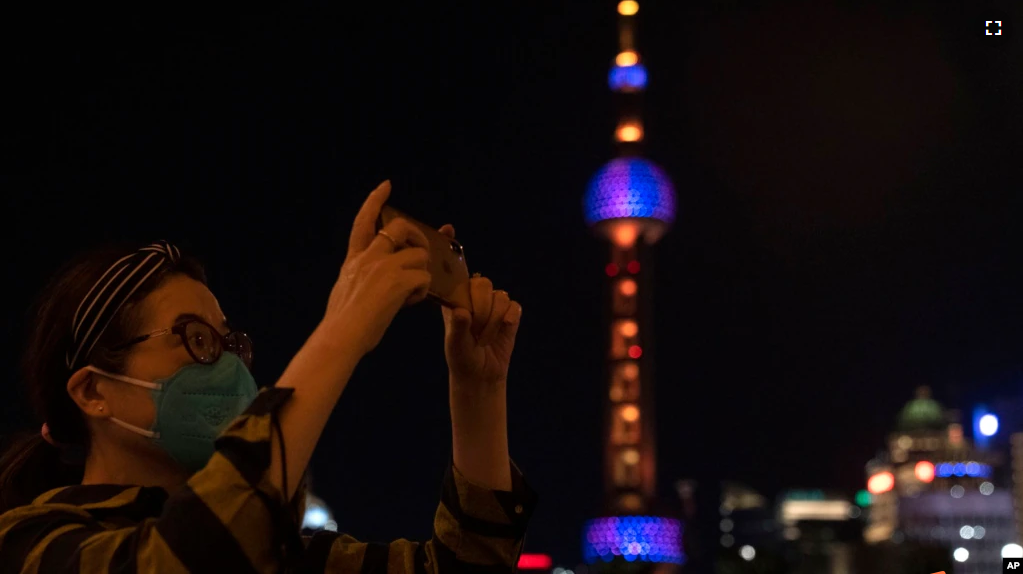Officials in China’s largest city, Shanghai, have agreed to lift major pandemic restrictions that have been in place for two months.
The changes were set to take effect Wednesday. Full bus and subway service will be restarted, along with train links to the rest of China, Vice Mayor Zong Ming told reporters Tuesday.
Zong declared that the city’s latest COVID-19 outbreak “has been effectively controlled and the situation continues to improve.”
Schools will partly reopen on a voluntary basis. Stores will begin operating at 75 percent capacity. Movie theaters and exercise centers will remain closed for now.

Chinese officials ordered a lockdown on April 1, which affected Shanghai’s 25 million people. The measure was part of an effort to fight the spread of COVID-19. The strong restrictions caused widespread public anger. Issues such as crowded quarantine centers, difficulties getting food and loss of income affected millions.
Officials moved to ease some of the measures in recent weeks. But most of the city’s public transport system remained closed and people could only drive if they received permission.
More than half a million people will not be permitted to leave their homes Wednesday. This includes 190,000 who remain in lockdown areas and another 450,000 who live in communities where COVID-19 cases are still spreading.
Shanghai recorded 29 new cases on Monday. That was down from more than 20,000 cases a day in April.

Li Qiang is the top official from China’s ruling Communist Party in Shanghai. Local media reported he told a government meeting on Monday that the city had made major progress fighting the outbreak through continuous struggles.
The citywide lockdown was ordered under China’s “zero-COVID” policy. It aims to quickly slow new outbreaks by carrying out mass testing and sending infected people to quarantine centers.
Huge temporary centers were set up to house thousands of people who had tested positive. Teams of health care and other workers were brought in from other parts of China to help run the efforts.
Most factories were closed. Some were permitted to operate only if workers slept at the manufacturing centers to prevent spread of the virus.
Local leaders repeatedly expressed support for China’s “zero-COVID” policy even as other countries opened their borders and attempted to “live with the virus.”

Outside economists widely expect that China will not to reach its 5.5 percent growth target for this year. However, the latest economic data showed that manufacturing activity started to return in May as the government eased some restrictions.
Schools will reopen for the final two years of high school and the third year of middle school, but students can decide whether to attend in person. Other grades and kindergarten remain closed.
In China’s capital, Beijing, officials eased pandemic restrictions further Tuesday in some areas. Beijing had ordered limited lockdowns in some areas during a much smaller outbreak. The city recorded 18 new cases on Monday.
I’m Bryan Lynn.
The Associated Press and Reuters reported on this story. Bryan Lynn adapted the reports for VOA Learning English.
We want to hear from you. Write to us in the Comments section, and visit WWW.VOA-STORY.COM
____________________________________________________________________
Words in This Story
capacity – n. the largest amount that something can hold
lockdown – n. an emergency situation in which people are not permitted to freely enter, leave or move around a building or area
quarantine – n. the period of time during which a person or animal that has a disease or that might have a disease is kept away from others to prevent the disease from spreading
positive – adj. in a medical test, positive means the person being tested has a disease or condition
